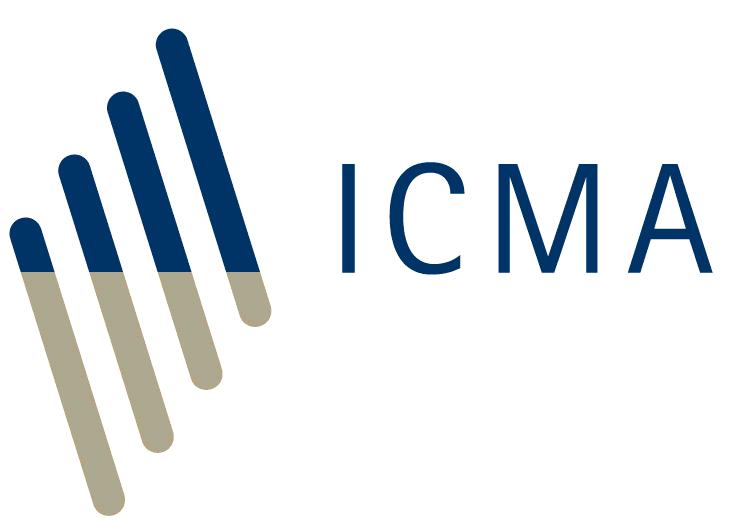Pro-cyclicality means a propensity to amplify cycles of financial activity. Policy-makers and regulators have expressed concern that increases in haircuts and initial margins demanded by collateral-takers (including buyers in repos) in response to a cyclical deterioration in credit and liquidity conditions, while rational for the individual parties, may worsen the problem for the market as a whole. On the other hand, reductions in haircuts and initial margins in response to a cyclical improvement in credit and liquidity conditions may add fuel to market exuberance.
The postulated dynamic driving pro-cyclicality is a haircut-asset valuation spiral. In a down-cycle, haircuts/initial margins may be increased in response to an initial loss of confidence, perhaps following bad news. In the manner of a credit multiplier in reverse, this would reduce the liquidity of market users, who may sell assets in response. Asset sales would reduce the value of and increase the risk on collateral, as well as eroding the net worth of borrowers, possibly causing haircuts/initial margins to be increased again as well as generating variation margin calls on the borrowers. And so on. In an up-cycle, haircuts/initial margins may be reduced in response to growing confidence. This would improve the liquidity of market users, who may buy assets in response. Asset purchases would boost the value of and reduce the risk on collateral, as well as enhancing the net worth of borrowers, possibly causing haircuts/initial margins to be decreased again as well as generating variation margins calls in favour of the borrowers. And so on.
This hypothetical scenario underpins a broader claim that the market crisis of 2007-09 was essentially, if not entirely, a “run on repo”. The main proponents have been two US academics, Gorton and Metrick (see question 35). However, they based their hypothesis on a single set of data on collateral haircuts taken on highly structured securities by a single anonymous US broker-dealer. This type of collateral constitutes a very small part of the repo market. It has been argued that it is naïve to extrapolate events in this narrow sector of the US repo market to the entire global repo market without any calibration of the importance of such collateral. Such an extrapolation of the Gorton-Metrick hypothesis has been refuted by the evidence of other studies, including that gathered by a Study Group of the Committee on the Global Financial System (CGFS) at the BIS, which observed that haircuts were generally stable during the 2007-09 crisis and that credit was very largely tightened by the reduction or closing of credit limits and the shortening of lending. Nevertheless, the Gorton-Metrick thesis has spawned proposals for mandatory minimum haircuts as a macroprudential regulation to dampen the pro-cyclicality ascribed to haircuts and initial margins (as well as to reduce leverage). The idea is that, if haircuts are deep enough before a crisis, they will remain stable across a financial cycle as there will be no need for the market to increase them in response to a crisis.
Ironically, there is a counter-argument that deep haircuts will allow creditors to run from the market earlier, as deep haircuts will be able them to better absorb fire sale losses. In addition, there is criticism of the implicit assumption underlying haircuts that the borrower (repo seller) will always be the risky counterparty. Defaults in the Russian repo market a few years ago were by repo buyers who benefited from deep haircuts.
A detailed discussion of the role of Haircuts and initial margins in the repo market was published by the ICMA in February 2012.
Back to Frequently Asked Questions on Repo contents page
<<< Previous page Next page >>>







